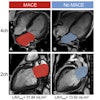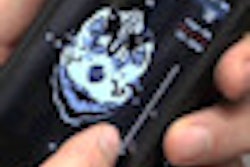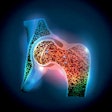Tuesday, November 27 | 11:20 a.m.-11:30 a.m. | SSG09-06 | Room S402AB
A study team will detail how software can provide automated reporting of MR angiography (MRA) perforator flap angiography (PFA) exams.Surgical breast reconstruction after mastectomy can be performed using a prosthesis or autogenous tissue. One autogenous technique is perforator flap reconstruction, which utilizes the patient's own skin and fat to reconstruct a natural breast. Since the advent of MR and CT PFA studies, better surgical planning has led to better outcomes and reduced operating room times for this technique, said presenter Dr. Nanda Deepa Thimmappa, a fellow in body MRI at 55th Street Cornell MRI in New York City.
However, preoperative assessment requires processing the MRA/CTA image data to provide information on the number of perforators available, the diameter, location of individual vessels relative to well-defined surface landmarks, intramuscular course, and length of each perforator and predicted flap volumes, she said.
Volume-rendered 3D maps of perforating vessel locations and maximum intensity projections (MIPs) of each vessel are always requested by the surgeons to locate the perforator arteries during preoperative surface-making as well as intraoperatively, she said.
The entire process can take up to three to four hours per study, leading to workflow issues. In addition, the process is prone to manual data-entry errors, Thimmappa said.
In response, the researchers developed a computer reporting system that automatically generates a report of PFA coordinates, diameters, MIPs, and flap volumes for transfer into the formal patient report. Their automated OsiriX reporting system plug-in accurately measured and reported perforator coordinates in a fraction of the time required previously, she said.
"Advantages of the automated system include low cost, operational familiarity to Macintosh users, and a huge reduction in radiologist time," she said.




















